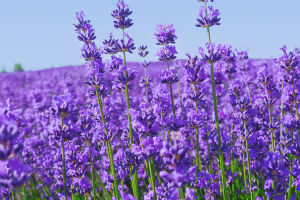Paeonia suffruticosa, commonly known as the tree peony, is a stunning flowering plant that has captured the hearts of gardeners and plant enthusiasts around the world. With its large, showy blossoms and graceful, woody stems, this species has become a beloved addition to gardens and landscapes.
Native to China, Paeonia suffruticosa has a long history of cultivation and reverence in Chinese culture. It is often referred to as the "king of flowers" or the "flower of riches and honor" due to its exquisite beauty and symbolic significance. In China, tree peonies have been cultivated for over a thousand years, and they are a common subject in traditional Chinese art, poetry, and literature.
One of the most striking features of Paeonia suffruticosa is its flowers. The blossoms can reach impressive sizes, with some varieties measuring up to 10 inches (25 cm) in diameter. The flowers come in a wide range of colors, including shades of white, pink, red, and purple.
Many varieties also have contrasting shades or intricate patterns, adding to their allure. The petals are often ruffled and have a velvety texture, giving the flowers a luxurious appearance.
Tree peonies are known for their longevity. Once established, these plants can live for several decades, becoming a cherished fixture in any garden. They are deciduous, meaning they lose their leaves in the winter, but their sturdy woody stems remain, adding architectural interest to the landscape.
The buds begin to swell in the spring, and the plants burst into a profusion of blooms, creating a spectacular floral display.
Paeonia suffruticosa prefers a sunny location in the garden, although it can tolerate some shade. It thrives in well-drained soil that is rich in organic matter. Adequate moisture is important, especially during the growing season, but the soil should not become waterlogged.
Tree peonies are relatively low-maintenance plants, requiring minimal pruning and fertilization. However, providing support for the heavy flowers can prevent the stems from bending or breaking under their weight.
Beyond their ornamental value, Paeonia suffruticosa has also been used for medicinal purposes in traditional Chinese medicine. The roots and bark of the plant have been used to treat various ailments, including inflammation, pain, and menstrual disorders.
Modern research has shown that tree peonies contain compounds with potential antioxidant, anti-inflammatory, and anti-cancer properties, leading to increased interest in their medicinal potential.
In recent years, Paeonia suffruticosa has gained popularity outside of its native range, finding a place in gardens around the world. It is highly regarded for its beauty, resilience, and historical significance.
Hybridization has led to the development of numerous cultivars with different flower forms, colors, and growth habits, allowing gardeners to choose the perfect tree peony for their specific preferences and growing conditions.


